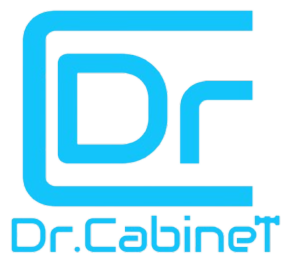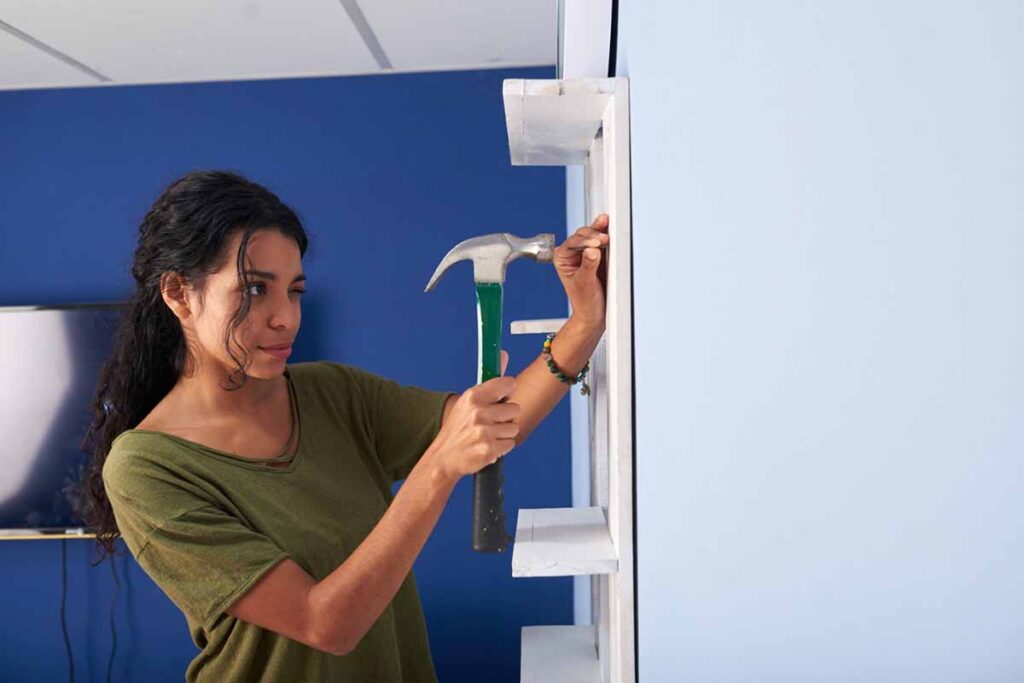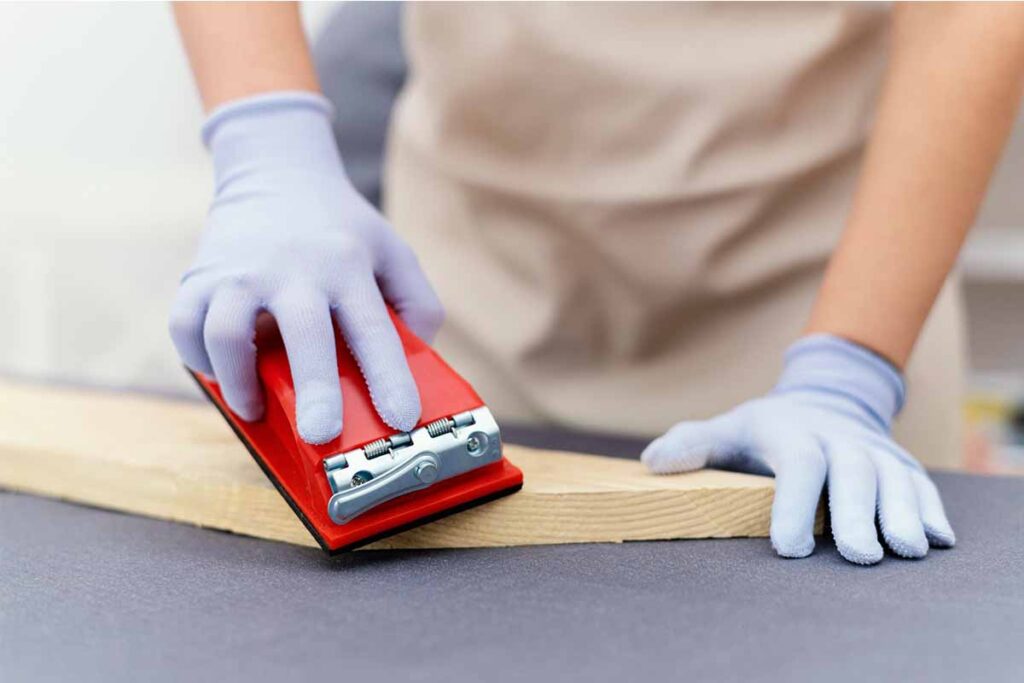Revitalizing your cabinets can be transformative without the need for a full remodel. Understanding the key services of Best cabinet repairs, refacing, and replacement, empowers homeowners to update their spaces affordably and effectively. Each option offers unique benefits to refresh your cabinets’ appearance and functionality, making your home feel brand-new.
Understanding Best Cabinet Repair
Maintenance of these cans is crucial for both all components of an exquisite cabinet and all components of an exquisite cabinet. Cabinets may provide support to cabinet storage solutions, however they are highly unsung. However, what do you do when the appears to be worn or in the worst-case scenario, damaged?
Common Cabinet Problems
Cabinets endure a lot. With daily use, issues are bound to arise. Some problems are more common than others:
- Broken Hinges: Street wideners also mean widened doors and frequent use of the hinges is going to cause them to wear out. Misshaped or twisted hinges interfere with the movement of the cabinet doors which become affected by this problem.
- Scratches and Dings: Scratches and dents make your cabinets look vulgar if it is a pot left on it or any accidental collision during the morning rush.
- Water Damage: Especially near sinks or dishwashers, water seepage can lead to swollen or stained cabinetry, compromising both form and function.
Acknowledging these common issues is the first step towards keeping your cabinet cabinets in top shape. After all, who wants cabinets that don’t open or ones with unsightly blemishes?
DIY vs. Professional Repair
Considering tackling Best cabinet repairs? There is always something to consider. Some homeowners love to do some repairs themselves since there are many articles available online. But, DIY does not always work.
DIY Repairs:
- Benefits:
- Cost-effective: Often cheaper since you’re skipping labor costs.
- Control: Tailor every aspect of the repair to your liking.
- Drawbacks:
- Skill Level: Not everyone can nail repairs, and mistakes could cost more in the long run.
- Tool Access: Specialized tools might be necessary, raising costs.
Professional Repair:
- Benefits:
- Cost: Labor and material costs can add up.
- Scheduling: Repairs might need to fit into the professional’s timeline.
The choice between tackling the repair yourself or hiring pro hinges on your comfort level and the nature of the problem. Large-scale issues or water-damaged cabinets, for example, often demand professional intervention.
Environmental Impact: Choosing a Sustainable Solution
Cabinet repair, refacing, and replacement are renewable concepts as they represent environmentally friendly outcomes of using repaired models of kitchen cabinets that do not need to be replaced hence sparing the use of resources. Here’s how these options support sustainability.
Eco-Friendly Benefits of Refacing and Repair
Refacing and repairing reused cabinet frames and internal structures, minimizing landfill waste, and conserving natural resources.
By opting for Cabinet repair, refacing, and replacement, homeowners limit the need for new raw materials and reduce the environmental impact tied to manufacturing and transporting new cabinets. These methods provide a fresh look with significantly less resource consumption compared to full replacements.
Green Materials and Finishes
For a fully sustainable choice, consider eco-friendly materials and finishes. Low-VOC paints, formaldehyde-free products, and water-based stains are the choices available that slow down indoor air pollution and pollutants in the environment.
Environmentally friendly veneers from certified sources or recycled products reduce the environmental impact still more. Choosing these finishes not only enhances the longevity of the cabinets but also reduces emissions, making cabinet refacing and repair an ideal choice for environmentally mindful homeowners.
By prioritizing green materials, you ensure that both your home and the planet benefit from healthier, more sustainable solutions.
Cabinet Refacing Explained
Revamping a cabinet does not always have to mean replacing all the elements in the cabinet. Secondly, cabinet refacing is easier to achieve than conventional home remodeling, which makes the technique a good choice to apply.
Here, we will: Describe what cabinet refacing entails Review the benefits and problems with refacing kitchen cabinets Describe the conditions that make refacing favorable rather than cabinet replacement.
What is Cabinet Refacing?
Cabinet refacing is the process where the exterior part of your cabinet cabinet is changed to make it seem new. This may involve stripping off doors, and drawer fronts and applying new veneer onto the frames or the body of the cabinets.
It should also be noted that reface differs from cabinet replacement which entails stripping and putting up new cabinets from scratch to the extent that the latter mainly prioritizes maintaining the existing wooden works.
The advantage of this method of stucco application is that it is normally faster and less obtrusive compared to other methods that are available in the market.
Benefits of Refacing Cabinets
It is for several reasons why understanding reasons for cabinet refacing against the essence of a full replace is essential. Here are some key benefits:
- Cost-Effective: It shall therefore enable you to enjoy that new look without having to spend a huge amount of money on full cabinet replacements.
- Time-Saving: Refacing generally is faster than a full installation, which causes less inconvenience to homeowners’ routines.
- Eco-Friendly: The following picture consists of using existing cabinet frames, thereby avoiding the wastage of more raw materials.
- Highly Customizable: The finishes, colors, and textures can be combined in an almost unlimited way so it may not be difficult to find a finish you prefer.
- Minimal Downtime: Since the refacing process takes little time, it means that the time taken for your cabinet is much less than if it was completely overhauled.
Pros and Cons of Refacing Cabinet
| Pros | Cons |
| Retains Existing Layout: Keeps the current cabinet structure, saving time and reducing disruption. Budget-Friendly: Costs significantly less than full replacement, making it ideal for budget-conscious updates. Eco-Friendly: Reuses cabinet frames, reducing waste and conserving materials. Quick Turnaround: Typically completed in a few days, minimizing downtime in your kitchen or bathroom. |
Limited Structural Improvements: This does not address any internal damage or structural issues.
Fewer Customization Options: Fewer design and layout changes compared to full replacement. |
When to Consider Refacing
Refacing might not be the right choice for everyone, yet there are situations where it becomes an excellent option:
- Sound Cabinet Structure: If your cabinets’ internal framework is in good shape but the external parts have seen better days, refacing can renew their appearance without excessive cost.
- Budget-Friendly Makeover: When funds are limited, and you need a significant update, refacing offers a refreshing transformation without breaking the bank.
- Time Constraints: If you’re working on a tight schedule, perhaps due to family events or a pending sale, refacing can upgrade your cabinet efficiently and quickly.
- Environmental Concerns: For those seeking sustainable solutions with minimal environmental impact, refacing reuses more materials than entirely new cabinet installations.
Considering when refacing is appropriate requires understanding the condition of your current cabinets and weighing the benefits against the needs of your space.
Cabinet Replacement Options
Replacing your old cabinet cabinets can give a new look to your home. Occasionally, simple refacing won’t work and the only viable solution is installing new cabinets.
That darn decision of when where and how to get new ones, understanding when to replace them, and then finally proceeding with the replacement can appear complex. Let’s break down each aspect to make the process smooth and insightful.
Signs You Need to Replace Your Cabinets
How do you recognize when your cabinets have passed their prime? Here are clear signs that replacement is necessary:
- Structural Damage: When the cabinet frames are rotting, warping, or breaking, simple repairs won’t suffice.
- Mold and Mildew: Persistent odor or visible mold growth indicates that despite all efforts, your cabinets need total replacement.
- Poor Functionality: If the doors and drawers don’t open easily and adjustments aren’t resolving the issue, it’s a strong indication they’re due for replacement.
- Outdated Design: Sometimes, aesthetics dictate change. If your cabinet’s look is screaming out from decades past, new cabinets can instill a contemporary feel.
Ignoring these signs might lead to larger, more costly home repairs down the line.
Choosing New Cabinets
Selecting new cabinets involves weighing numerous factors to ensure they fit your cabinet’s needs and your personal style. Here’s what to consider:
1.Materials:
- Hardwood: Durable and classic, hardwood provides a timeless appeal but at a cost.
- Plywood: A more affordable option with sufficient strength for most cabinets.
- MDF: Medium-density fiberboard is ideal if you’re on a tight budget but want a smooth, even finish.
2.Styles:
- Traditional: Think of detailed panel doors and rich finishes.
- Modern: Clean lines and a simplistic look favor materials like stainless steel or high-gloss finishes.
- Transitional: A blend of old-world charm and modern chic with versatile appeal.
3.Budget: Always crucial. The perfect cabinets are those that meet both aesthetic desires and financial capabilities. Remember, labor adds to costs.
Weighing these elements helps ensure you make a well-rounded choice tailored to your home’s atmosphere.
The Replacement Process
Replacing cabinets involves several methodical steps starting from conception to completion. Here’s a simple roadmap to navigate this transformation:
1.Planning and Design: Start with detailed measurements of your space. Work with a designer if needed, to visualize and plan your new cabinet setup.
2.Removal: Professional help is recommended to avoid damaging walls and countertops. Old cabinets are carefully removed, making way for the new.
3.Installation:
- Preparation: Ensure walls are smooth and any painting or electrical work is completed beforehand.
- Fitting and Adjustments: Proper alignment and secure fitting of cabinets ensure long-term satisfaction and safety.
4. Final Touches: Attach doors, and hardware, and make sure all drawers and doors function. A professional ensures everything is level and adheres to design specifications.
These steps highlight that while a cabinet replacement demands thought and planning, the result is a revitalized cabinet space tailored to your needs and tastes.
Cost Factors for Repair, Refacing, and Replacement
When updating your cabinet, knowing the cost factors involved in best cabinet repair, refacing, and replacement is crucial for preserving both aesthetic appeal and budget. Here’s how you can plan and differentiate among these choices to find the best fit for your cabinet needs.https://drcabinet.com/service/healthcare-facilities-cabinet-repair/
Budgeting for Cabinet Services
Effectively managing costs begins with setting a realistic budget. Here are practical tips to guide you:
- Assessment First: Evaluate the condition of your existing cabinets. Are minor repairs enough, or is full replacement inevitable?
- Quote Comparison: Reach out to several contractors for estimates to comprehensively understand price ranges.
- Quality vs. Cost: Sometimes, a higher upfront expense can result in better longevity and a sophisticated finish. Consider where spending more might save money in the long run.
Mindful budgeting is a way to ensure you don’t stretch yourself too thin while still achieving the ideal cabinet look.
Comparative Cost Analysis
Cost comparisons help grasp how repair, refacing, or replacement align with your budget. Here, a simplified breakdown can help make informed decisions:
Best Cabinet Repair
- Expense: Generally, the least costly. Repairs typically address minor issues like hardware replacement or correcting minor surface scratches.
- Scope: Suitable for minor wear that doesn’t compromise cabinet structure.
Cabinet Refacing
- Expense: Mid-range option. It involves replacing doors and drawer fronts and adding a new veneer to existing cabinetry.
- Scope: More budget-friendly than replacements, ideal for when you desire a new look without the costs of new installations. Explore more about cabinet refacing options to see viable choices.
Cabinet Replacement
- Expense: Typically, the most expensive. Involves removing old cabinetry and installing new units.
- Scope: Best when dealing with structural issues or complete layout changes for your cabinet.
These choices underscore the value of weighing both initial purchasing costs and potential benefits over time. The right choice depends on your priorities and the current state of your cabinet cabinets.
Refacing vs. Refinishing: Key Differences
Cabinet refacing and refinishing are two options to achieve a change in your cabinets without having to replace the entire ensemble and they are different techniques.
Refacing means changing the doors, and drawer fronts and putting a new veneer to the cabinet boxes while refinishing is comparatively a surface treatment where the existing finish on the cabinet is renewed by applying a fresh layer of paint or stain. Here’s a quick comparison:
| Aspect | Refacing | Refinishing |
| Process | Replaces doors, and drawer fronts, and applies new veneer to cabinet frames | Sanding, painting, or staining the existing cabinet surfaces |
| Appearance Change | Offers a brand-new look with updated styles, colors, and finishes | Refreshes the current look by enhancing or changing the existing color or finish |
| Durability | Highly durable; like-new cabinet feel with replacement parts and new veneer | Less durable; relies on the existing material’s condition |
| Cost | Generally more expensive than refinishing due to new materials and installation | More budget-friendly; ideal for cosmetic upgrades without structural changes |
| Best For | When you want a substantial style change or upgraded cabinet exteriors | When you’re happy with the layout and just want a freshened-up appearance |
Rely on Dr. Cabinet for Your Cabinet Repair, Refacing, and Replacement!
Achieving your ideal cabinets requires skilled professionals who can deliver quality Cabinet Repair, Refacing, and Replacement. With so many options, choosing a reliable service may feel overwhelming. Dr. Cabinet offers expertise in cabinet care to revitalize cabinet refacing near me. Here’s what to look for in a trusted cabinet specialist and essential questions to ask when planning your project.
Qualities of a Good Cabinet Specialist
Finding the right specialist can be challenging. Look for these key qualities:
- Experience and Expertise: Choose professionals with a strong track record in best cabinet repair, refacing, and replacement, ensuring skilled and reliable results.
- Attention to Detail: Top specialists focus on even the smallest details, often making the difference between good and exceptional work.
- Customer Reviews: Reviews offer valuable insights into their strengths and potential concerns.
- Clear Communication: Effective communication helps align your vision with their process.
- Timeliness: Reliable timelines keep your project on track, making for a smoother experience.
Key Questions for Cabinet Services
Prepare by asking the right questions:
- Options Available: Determine if repair, refacing, or replacement best fits your needs.
- Process Overview: Understand the project steps and timeline.
- Material Recommendations: Seek advice on quality materials within your budget.
- Cost Estimate: Request a detailed breakdown of expenses. They are affordable cabinet refacing near me.
- Examples of Work: Review past projects to assess experience and quality.
With these insights, trusting cabinet refacing near me Dr. Cabinet simplifies your journey to beautifully renewed cabinets.
Frequently Asked Question: Best Cabinet Repair
How long does cabinet refacing last?
Cabinet refacing on average would last 15-20 years If proper care is taken; it is therefore long-term and offers functionality, and new looks needed, for cabinets.
Do you have to remove the countertops for cabinet refacing?
For most refacing projects, you may not always have to take down the countertops.
Is it cheaper to paint or reface cabinets?
Painting is generally cheaper, providing a simple refresh, while refacing costs more but offers a more transformative update.
Can the laminate on the cabinet be refaced?
This is true as laminate cabinets can be refaced by using a new veneer on its surface as long as the core is not structurally unsound.
The Final Word on Cabinet Refacing, Repair, and Replacement
The options for style, design, and function, when you update your cabinet with best cabinet repair, refacing, and replacement, are virtually limitless. With knowledge of the possibilities, you are in a better position to combine what works for your preferences and your pocketbook.




